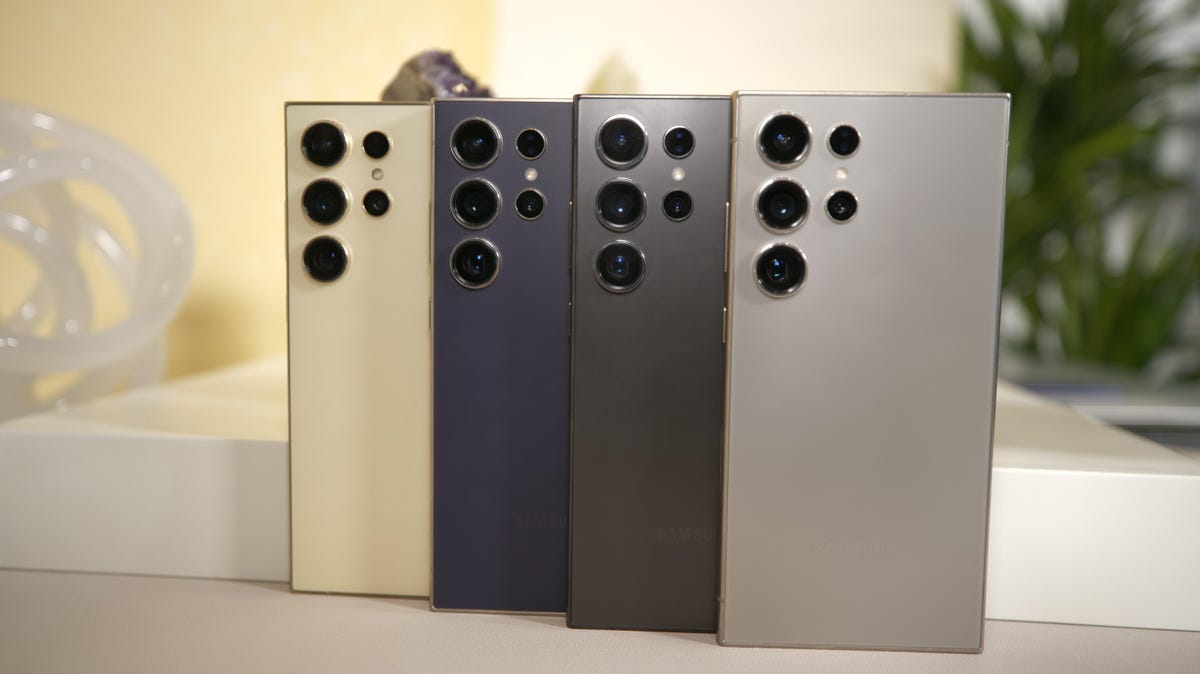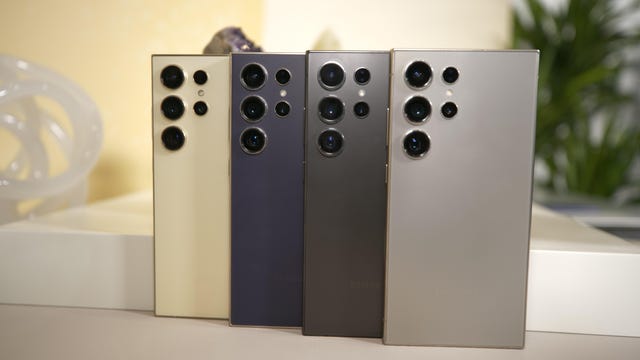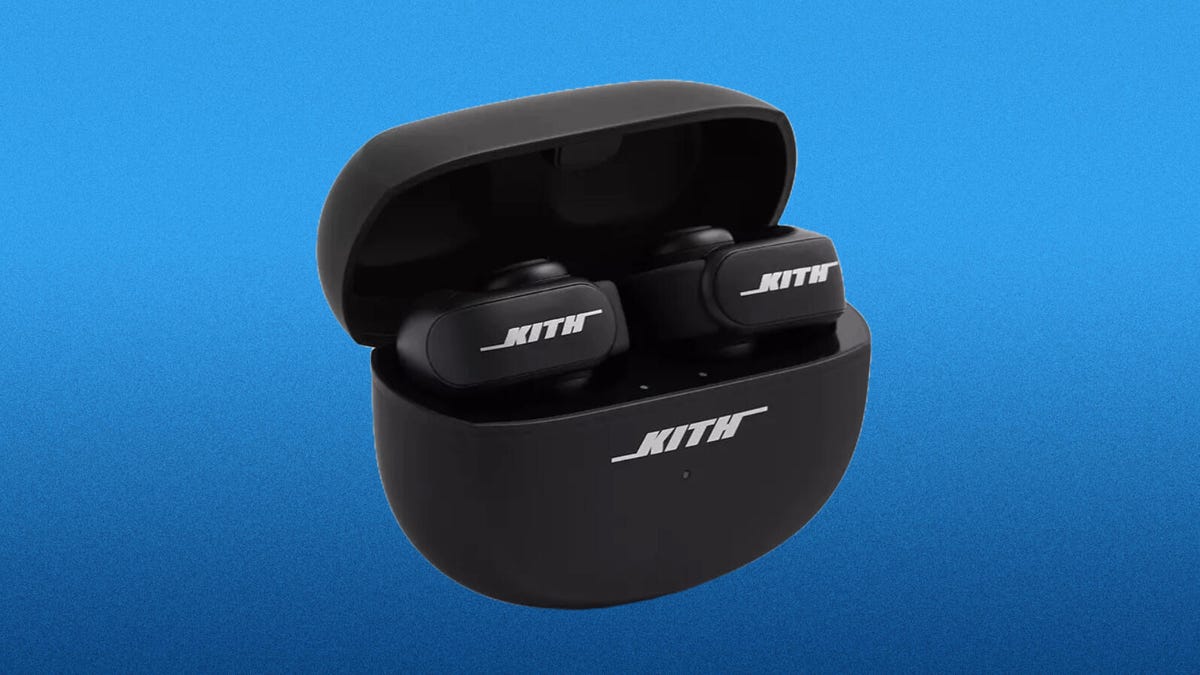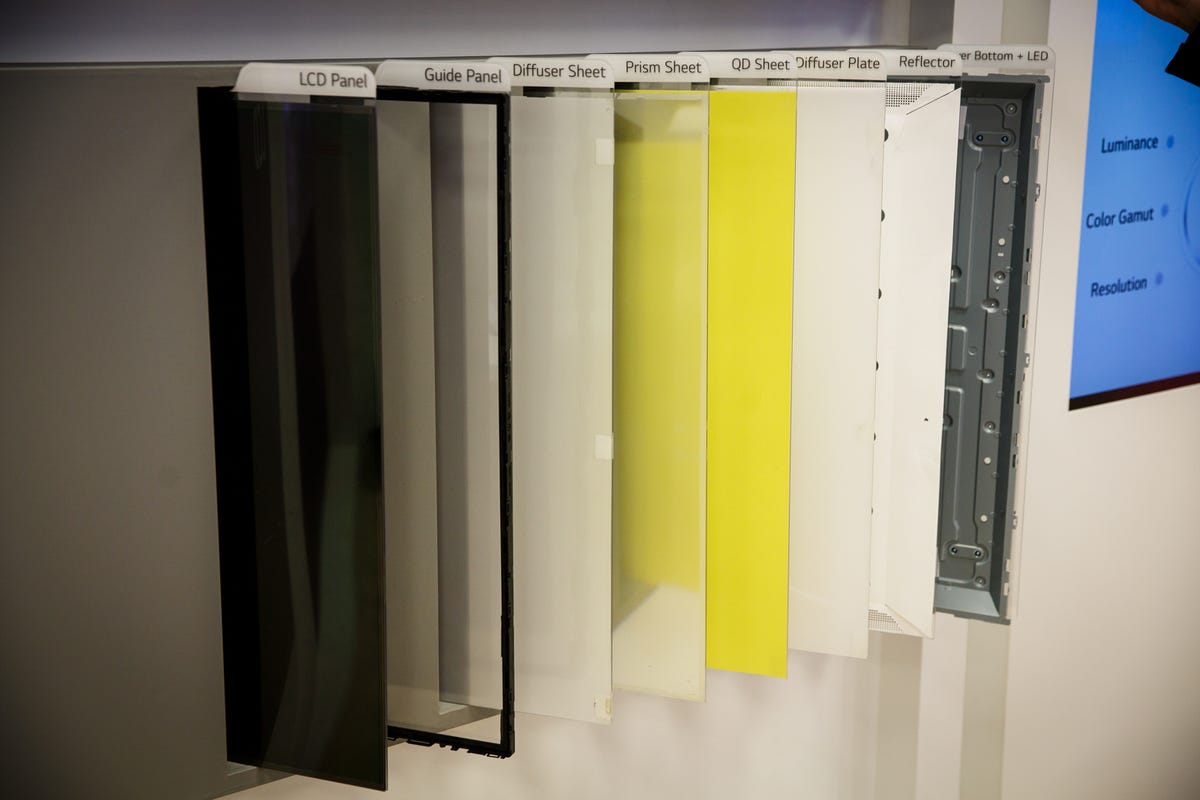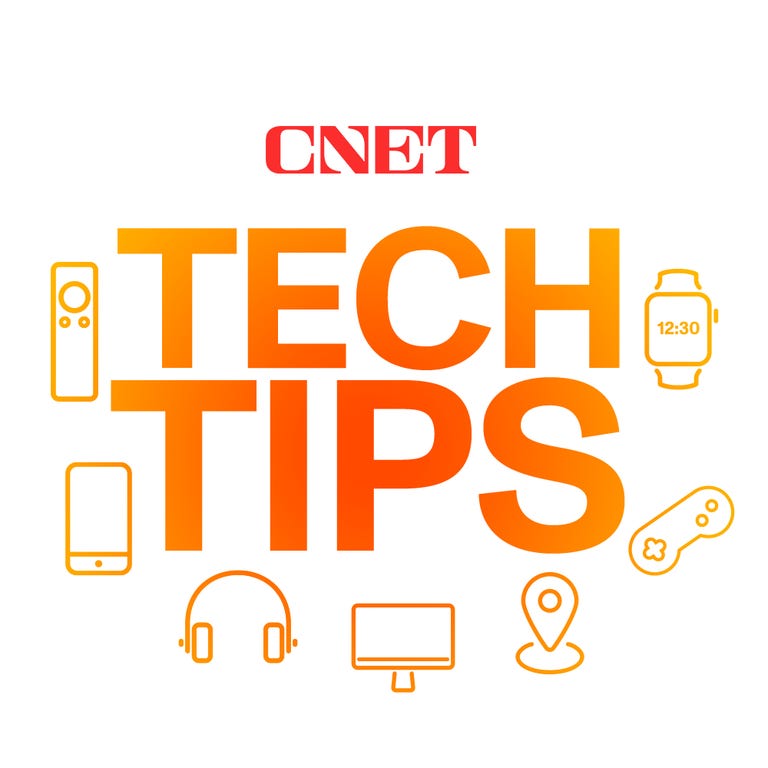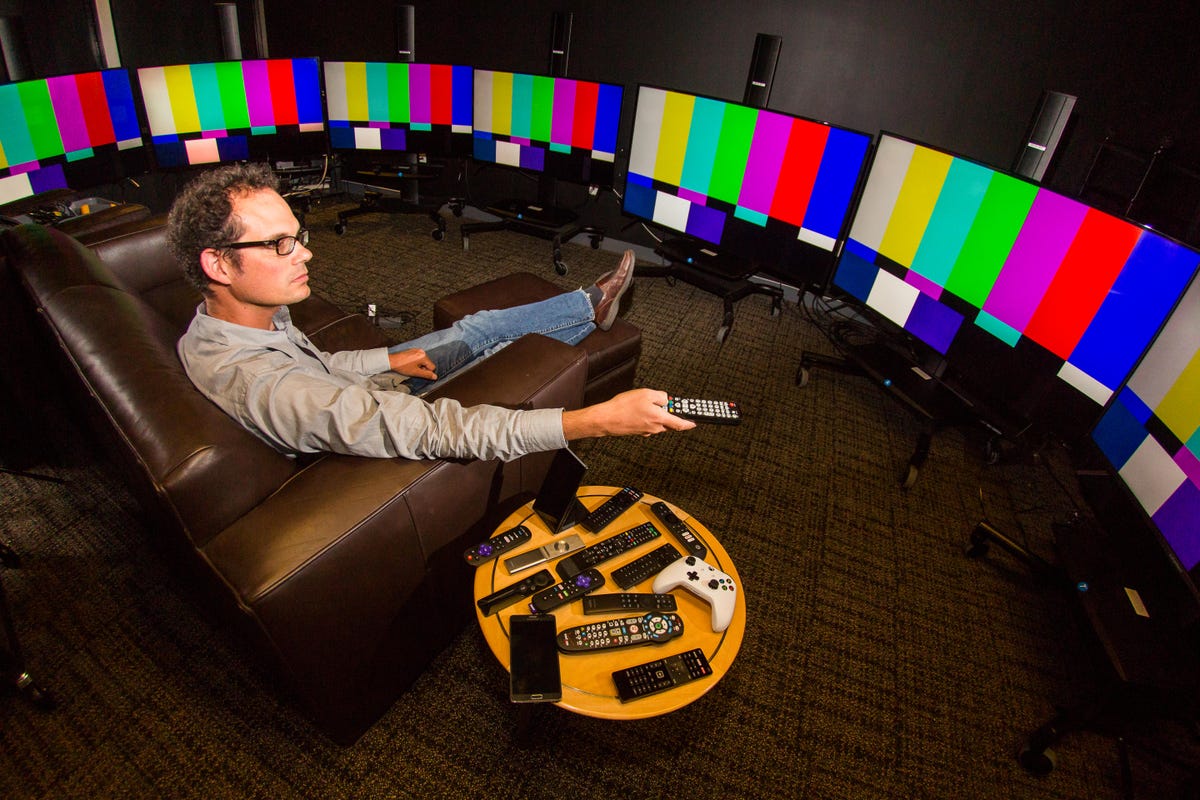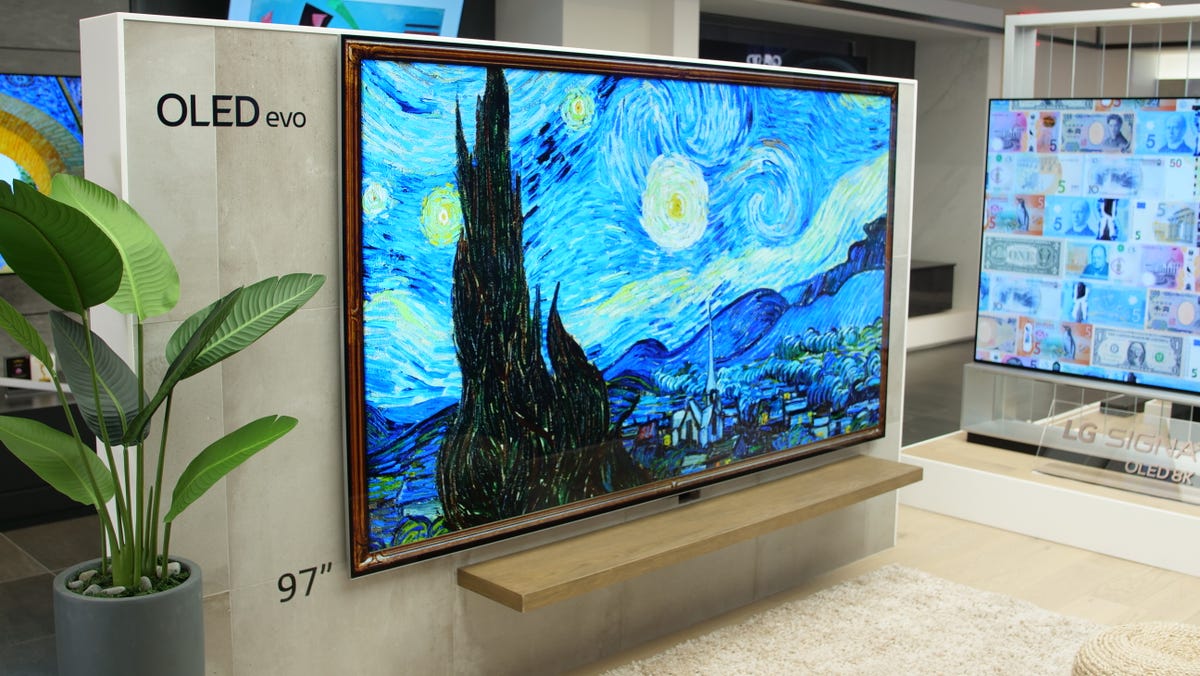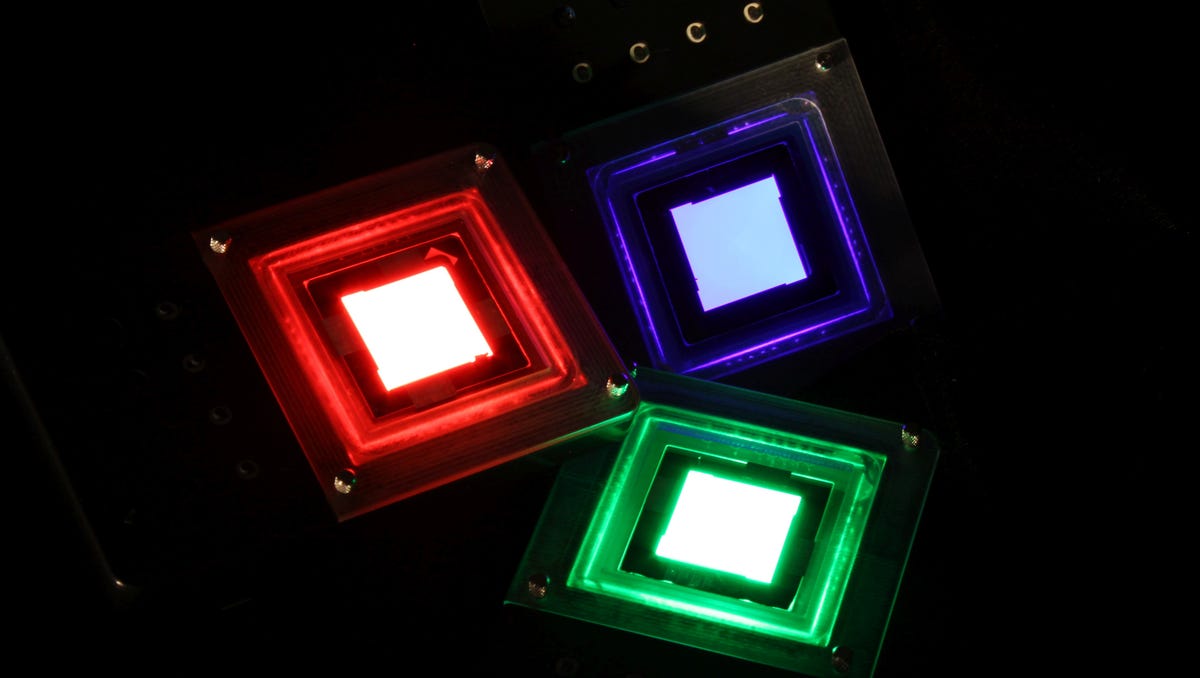Two fundamentally different TV technologies, QLED and OLED, have similar names.
If you’re buying a new TV, you’ll want to know the differences between each one.
In our side-by-side reviews, OLED beats QLED, but you can save some money with QLED.
All eyes were on transparent displays, glare-free screens and wireless televisions, among other innovations, as TV makers premiered their new lineups at CES 2024. (These are our favorite TVs from the show.) The best TVs advertise an alphanumeric soup of extras such as HDR, 120Hz and HDMI 2.1. TVs often include all of those features and more, making it tough to tell the difference.
Unlike the rest of those TV tech terms, QLED and OLED are fundamentally different, even though they’re only one letter apart. And in our side-by-side comparison reviews, one is better than the other.
For the last few years, Samsung has been branding its TVs “QLED.” Its 2024 QLED lineup includes Neo QLED models in 4K and 8K resolution, The Frame art TV, the Serif and the Sero rotating TV. But Samsung isn’t the only one: TCL also makes QLED TVs, including the excellent QM8, and Amazon has a Fire TV Omni QLED television of its own.
On the other side of the fence are OLED TVs. In the last few years, LG has dominated the OLED market, and its 2024 OLED TV lineup is more extensive than ever. Sony and Sharp also sell OLED TVs in the US. Adding to the confusion, Samsung has an OLED TV of its own, meaning it sells both OLED and QLED TVs.
So what’s the difference between OLED and QLED? We’ll start with picture quality. In our side-by-side comparison reviews, OLED beats QLED every time. None of the QLED TVs we’ve tested, including the Samsung QN90B, the TCL QM8 or the Amazon Fire TV Omni QLED, look as good as any of the OLED TVs we’ve tested, such as the LG C3, G3 or Samsung S95C. In every comparison we’ve done, the OLED TV won.
QLED vs. OLED: Quick summary of the TV technologies
Let’s start with a quick breakdown.
-
OLED stands for “organic light-emitting diode.”
-
QLED (according to Samsung) stands for “quantum dot LED TV.”
-
OLED is a fundamentally different technology from LCD, the major type of TV.
-
QLED is a variation of LED LCD, adding a quantum dot film to the LCD “sandwich.”
-
OLED is “emissive,” meaning the pixels emit their own light.
-
QLED, like LCD, is “transmissive” in its current form and relies on an LED backlight.
A QLED TV is just an LCD TV with quantum dots
The main takeaway is that QLED is closer to regular old LCD than it is to OLED, which I (and most other experts) consider a distinctly different class of television, much like plasma before it.
Quantum dots are microscopic molecules that, when hit by light, emit their own differently colored light. In QLED TVs, the dots are contained in a film, and the light that hits them is provided by an LED backlight. That light then travels through a few other layers inside the TV, including a liquid crystal (LCD) layer, to create the picture. The light from the LED source is transmitted through the layers to the screen’s surface, which is why we say it’s “transmissive.”
Samsung has been using quantum dots to augment its LCD TVs since 2015 and debuted the QLED TV branding in 2017. Samsung says those quantum dots have evolved over time — that color and light output have improved, for example. In my experience, however, improvements caused by better quantum dots are much less evident than those caused by other image quality factors (see below).
Other TV makers also use quantum dots in LCD TVs, including Vizio and Hisense, but don’t call those sets QLED TVs.
An OLED TV is not an LCD TV at all
LCD is the dominant technology in flat-panel TVs and has been for a long time. It’s cheaper than OLED, especially in larger sizes, and numerous panel-makers can manufacture it.
OLED is different because it doesn’t use an LED backlight to produce light. Instead, light is produced by millions of individual OLED subpixels. The pixels themselves — tiny dots that compose the image — emit light, which is why it’s called an “emissive” display technology. That difference leads to all kinds of picture-quality effects, some of which favor LCD (and QLED), but most of which favor OLED.
Aside from the US brands mentioned above, Panasonic, Philips, Grundig and others sell OLED TVs in Europe. All OLED TVs worldwide use panels manufactured by either LG or Samsung.
Until 2022, LG was the only company making OLED panels, but that year Samsung started making its own panels using QD-OLED technology. Samsung promises improved color and brightness compared with current OLED TVs because its TVs use quantum dots — just like QLED TVs — and in our tests, the color of the Samsung S95C QD-OLED was superb. But we liked the LG G3 better, in part because it uses another new OLED panel technology called MLA (or Micro Lens Array) to improve brightness. We expect OLED technology to continue evolving in the coming years.
Read more: What is the best OLED screen type?
QLED vs. OLED image quality
Based on my reviews, here are some general comparisons.
QLED TV picture quality varies more than OLED
Samsung and TCL each have multiple QLED series, and the most expensive ones perform a lot better than the cheaper ones. That’s mainly because the biggest improvements in the picture quality of QLED sets don’t have much to do with quantum dots. Instead, they’re the result of mini-LED backlights, better full-array local dimming, bright highlights and better viewing angles, which help them outperform QLED (and non-QLED) TVs that lack those extras.
Meanwhile, every OLED TV I’ve reviewed has very similar image quality — all have earned a 10/10 in picture quality in my tests.
OLED has better contrast and black level
One of the most important image-quality factors is black level, and their emissive nature means OLED TVs can turn unused pixels off completely, for literally infinite contrast. QLED/LCD TVs, even the best ones with the most effective full-array local dimming, let some light through, leading to more washed-out, grayer black levels and blooming around bright sections.
QLED is brighter
The brightest QLED and LCD TVs can get brighter than any OLED model, which is a particular advantage in bright rooms and with HDR content. In my tests, however, OLED TVs can still get plenty bright for most rooms, and their superior contrast still allows them to deliver a better overall HDR image than any QLED/LCD TV I’ve tested.
OLED has better uniformity and viewing angles
With LCD-based displays, different areas of the screen can appear brighter than others all the time, and backlight structure can also be seen in some content. Even the best LCDs also fade, lose contrast and become discolored when seen from seats other than the sweet spot directly in front of the screen. OLED TVs have almost perfectly uniform screens and maintain fidelity from all but the most extreme angles.
Resolution, color, video processing and other image-quality factors are basically the same
Most QLED and OLED TVs have the same resolution and 4K, and both can achieve 8K resolution, too. Neither technology has major inherent advantages in color or video processing, although QD-OLED could deliver improved color. Check out OLED vs. LCD for more details.
QLED can get bigger and smaller (and cheaper)
There are six sizes of OLED TV on the market today. Two more sizes, 42-inch and 97-inch, were new for 2022.
OLED TV sizes
- 42-inch
- 48-inch
- 55-inch
- 65-inch
- 77-inch
- 83-inch
- 88-inch
- 97-inch
Meanwhile, as QLED TVs are LCDs, they can be made in a greater range of sizes. Non-QLED LCD TVs can get even smaller.
QLED TV sizes
- 32-inch
- 43-inch
- 50-inch
- 55-inch
- 58-inch
- 65-inch
- 75-inch
- 82-inch
- 85-inch
- 98-inch
One big advantage that QLED and LCD have over OLED is the cost of mainstream sizes over 65 inches. Large televisions are the fastest-growing segment of the market and show no signs of slowing down. However, 77-inch OLED TVs cost $2,200 and up, significantly more than most 75-inch QLED TVs, and in larger sizes the difference is even more drastic.
What about OLED burn-in?
Burn-in happens when a persistent part of the image — a channel logo, a news ticker or a scoreboard on a TV, for example — remains as a ghostly background no matter what else appears on screen. All OLED screens can burn-in, and from everything I know, they’re more susceptible than LCD displays, including QLED.
All things considered, however, burn-in shouldn’t be a problem for most people. Burn-in is typically caused by leaving a single, static image element, like a channel logo, on the screen for a long time, repeatedly. That’s an issue if you keep Fox News, ESPN or MSNBC on for multiple hours every day and don’t watch enough other programming, for example. But as long as you vary what’s displayed, chances are you’ll never experience burn-in.
Check out our guide on OLED screen burn-in for more.
Which is better in 2023 and beyond, QLED or OLED TVs?
As I mentioned above, when I pit an OLED TV against a QLED TV, OLED wins every time.
What about the future? Beyond its QD-OLED TV, Samsung is researching direct-view quantum dot, which dispenses with the liquid crystal layers and uses quantum dots themselves as the light source. Emissive QLED TVs have the potential to match the absolute black levels and “infinite” contrast ratio of OLED, with better power efficiency, better color and more. That’s pretty exciting, but it will be a few years before we see emissive QLED TVs for sale. Hopefully, they’ll think up a new acronym by then (EQLEDs?).
Then there’s MicroLED. It’s another emissive technology, once again spearheaded by Samsung but also sold by LG, that’s on sale now for the super rich — the largest examples cost more than $1 million. As you might guess from the name, it uses millions of teeny-tiny LEDs as pixels. MicroLED has the potential for the same perfect black levels as OLED, with no danger of burn-in. It can deliver higher brightness than any current display technology, wide-gamutcolor and doesn’t suffer from the viewing angle and uniformity issues of LCD. It’s also friggin’ huge. It doesn’t involve quantum dots, at least not yet, but who knows what might happen when it comes to market. QDMLED, anyone?
For now, however, OLED rules the picture-quality roost over QLED.



